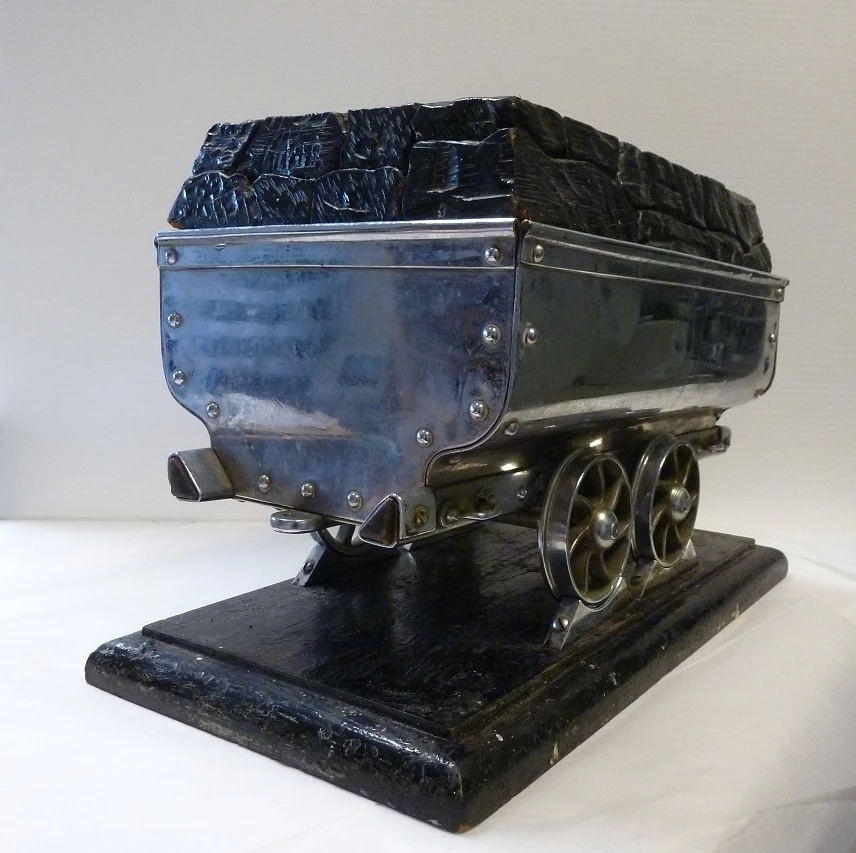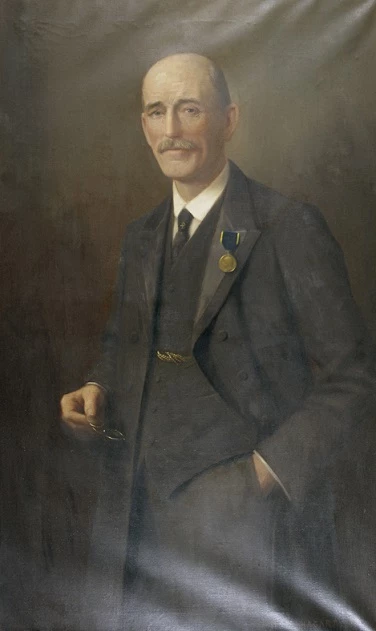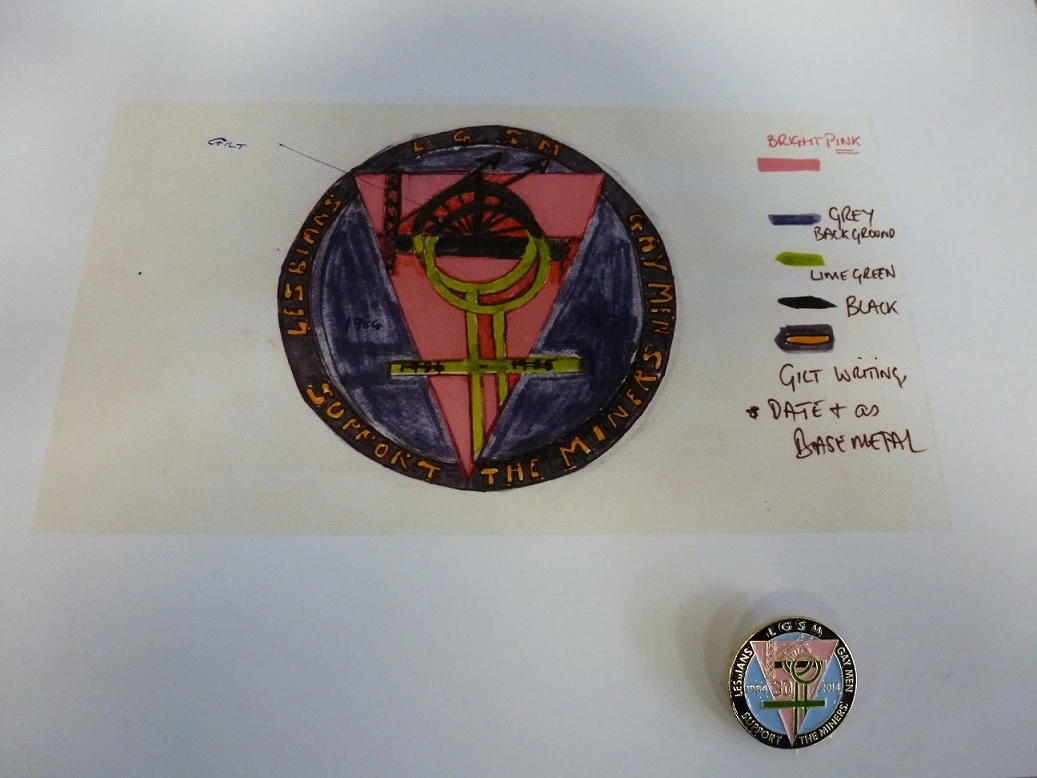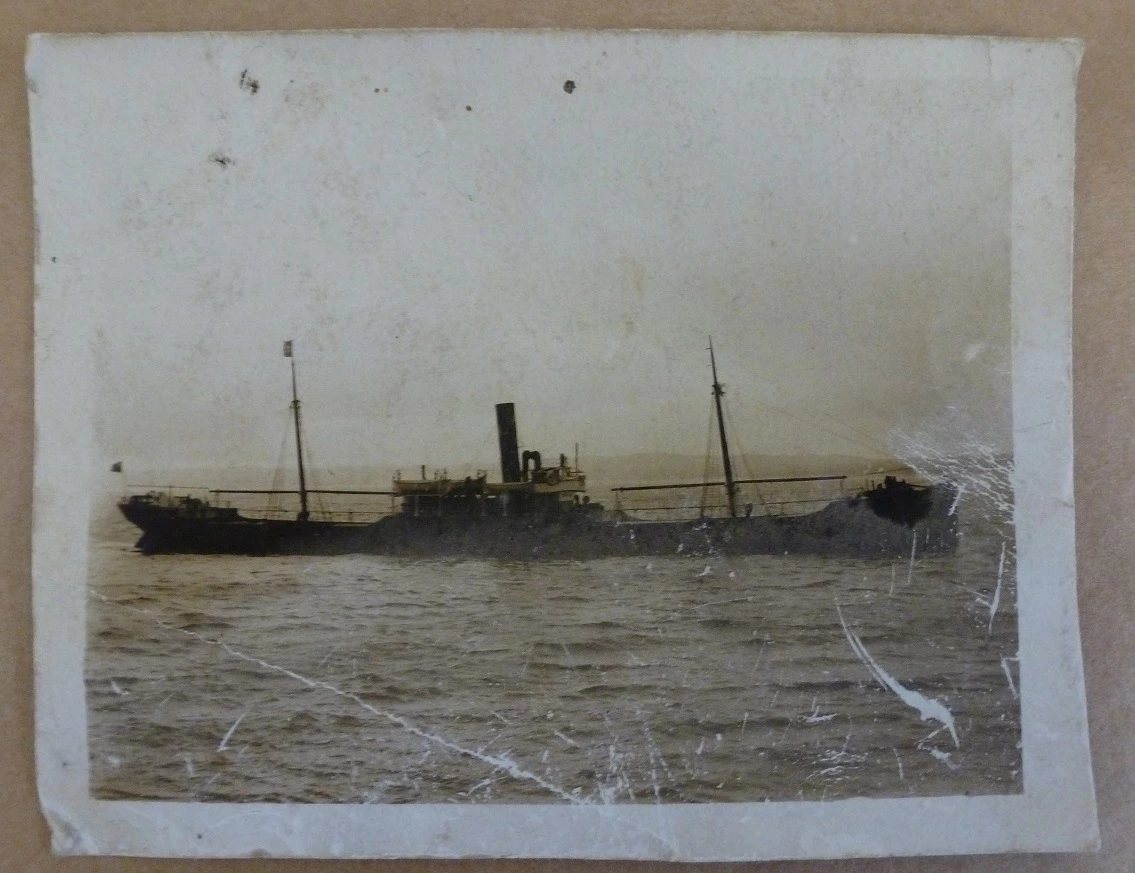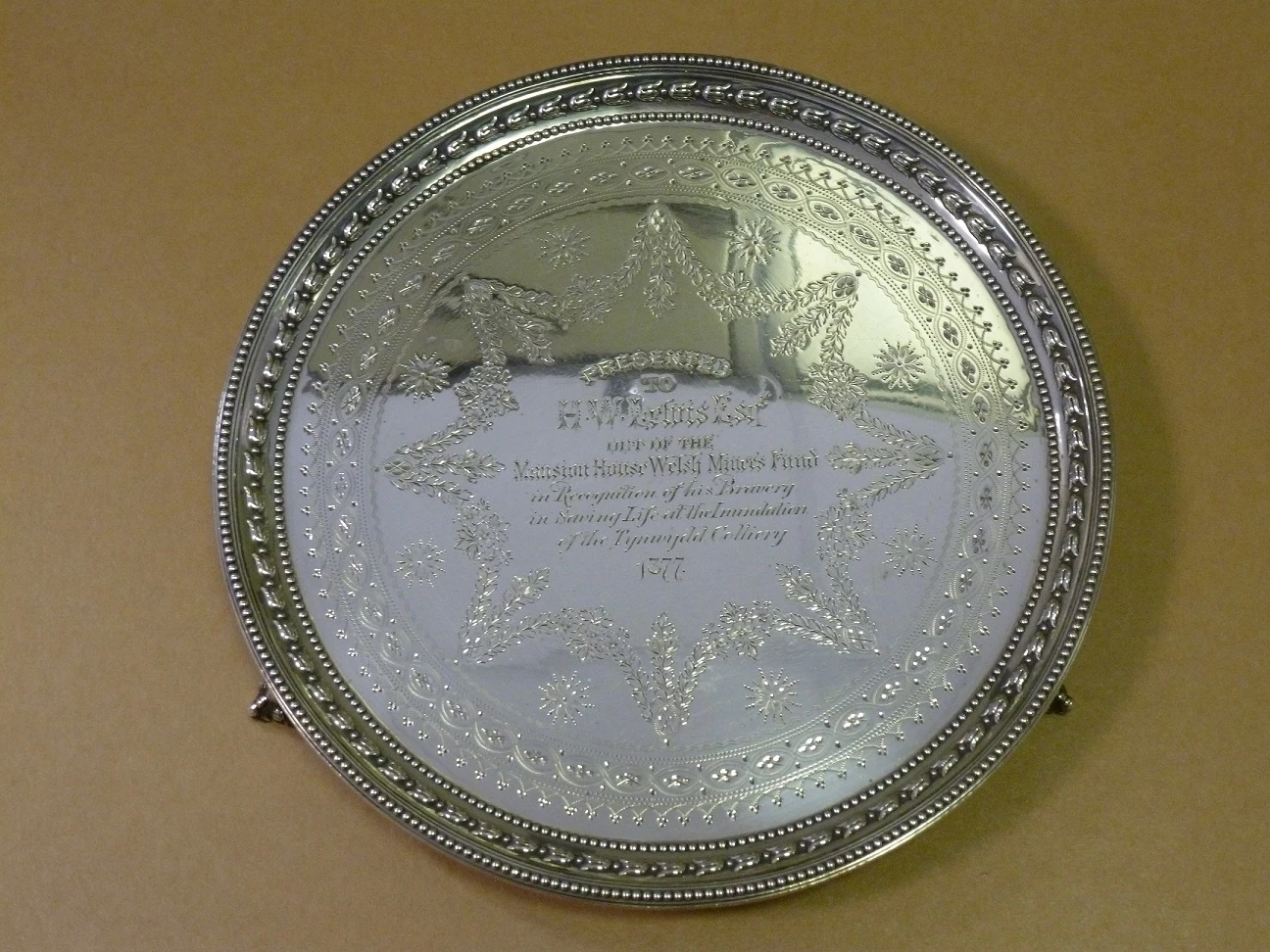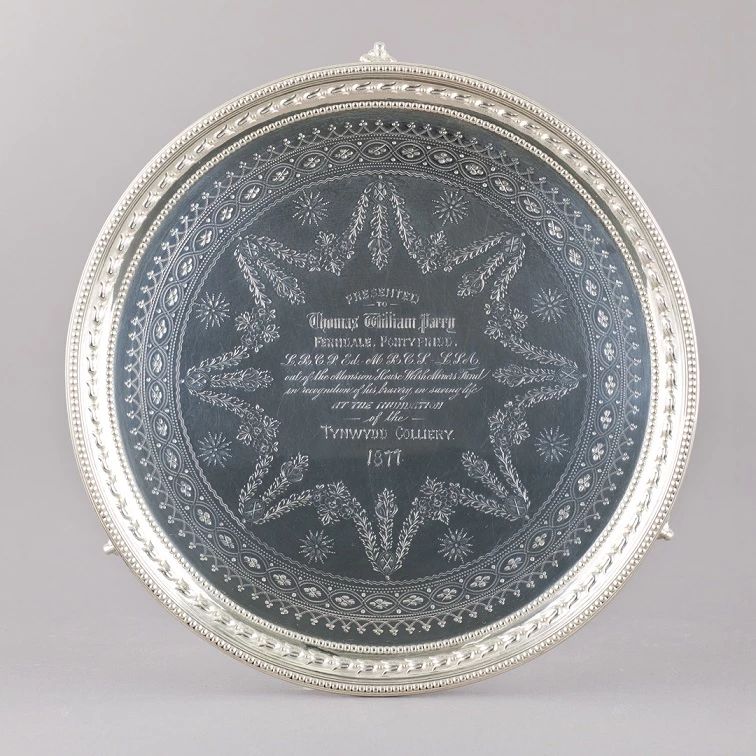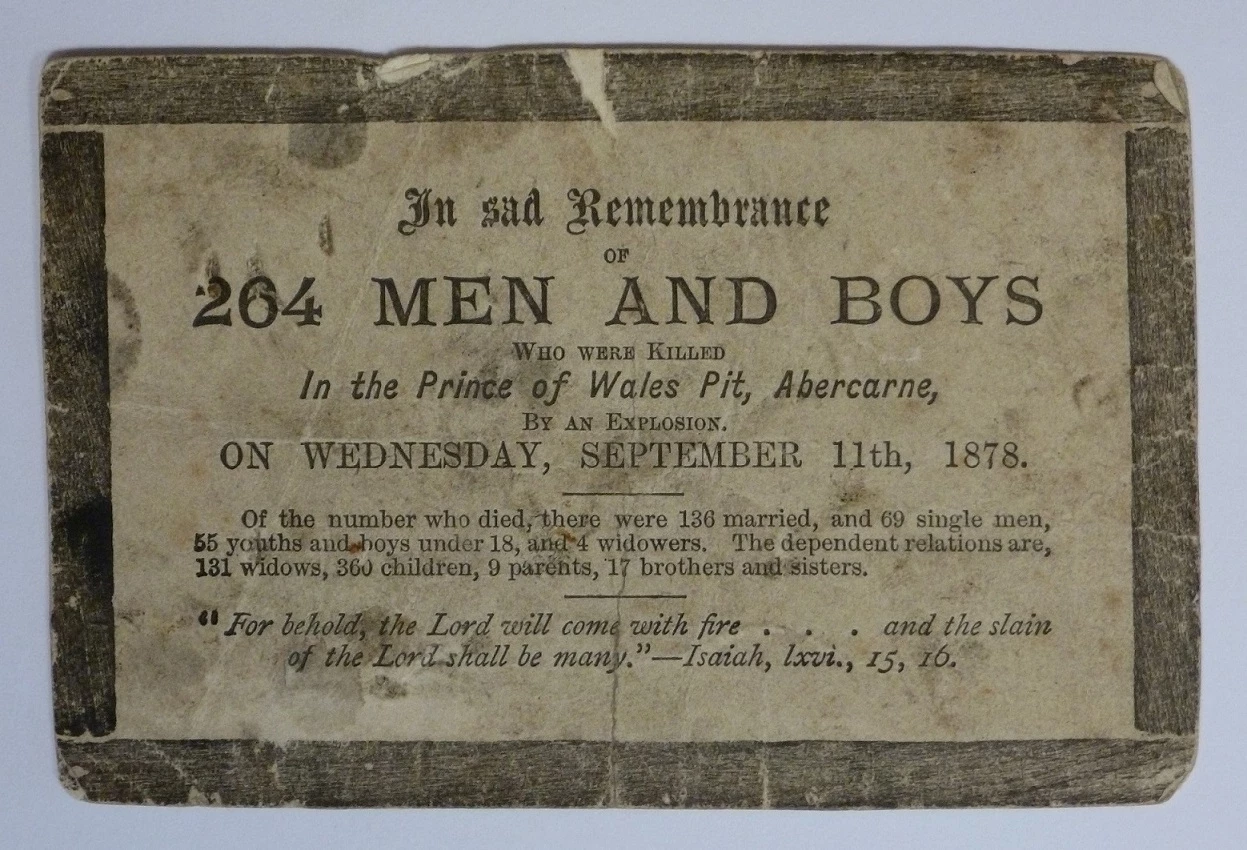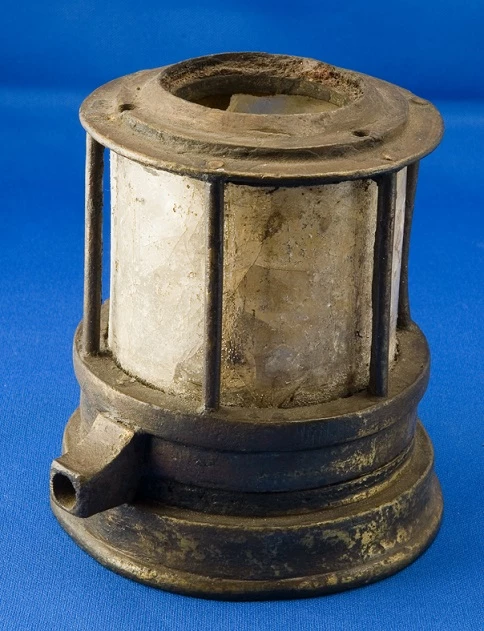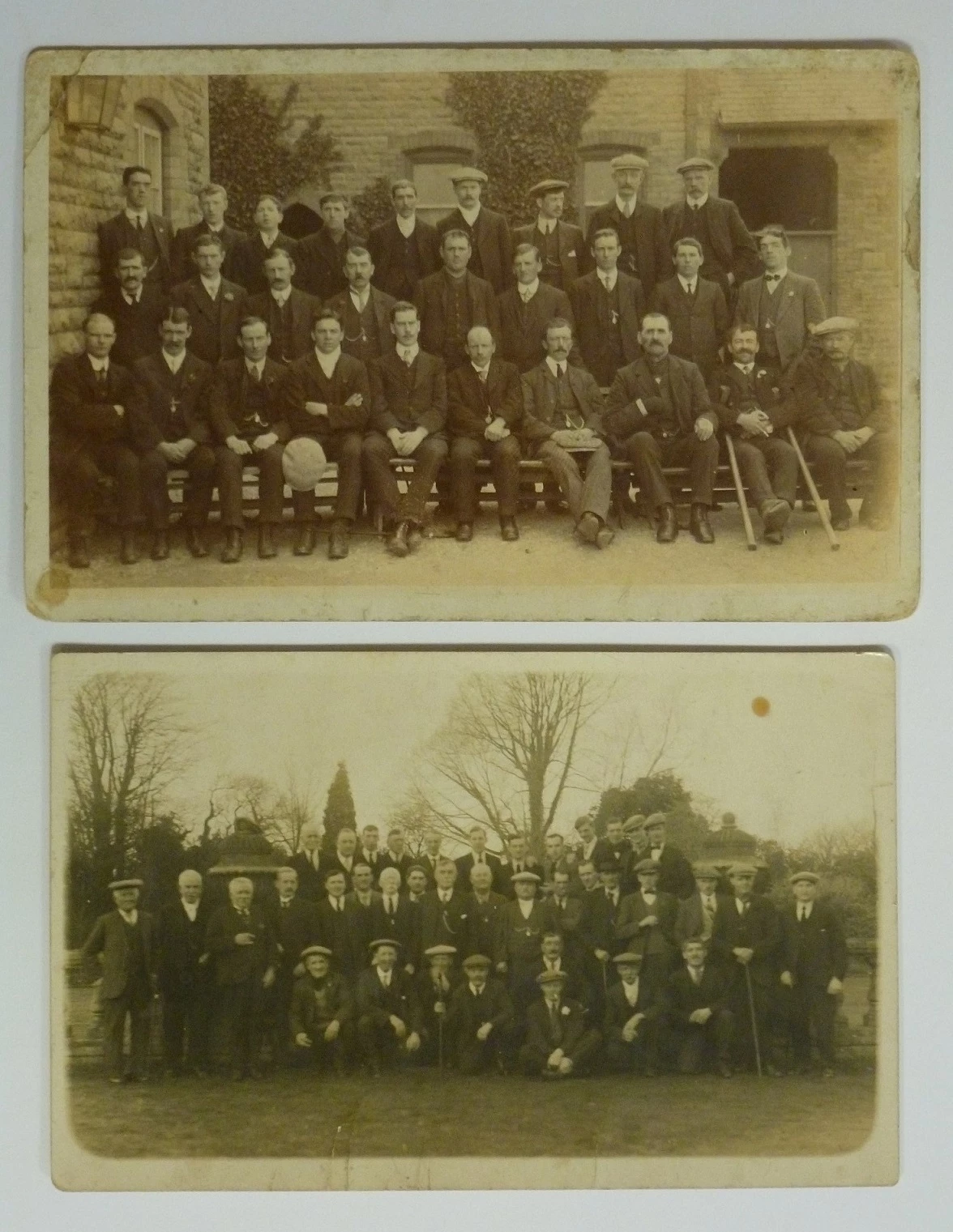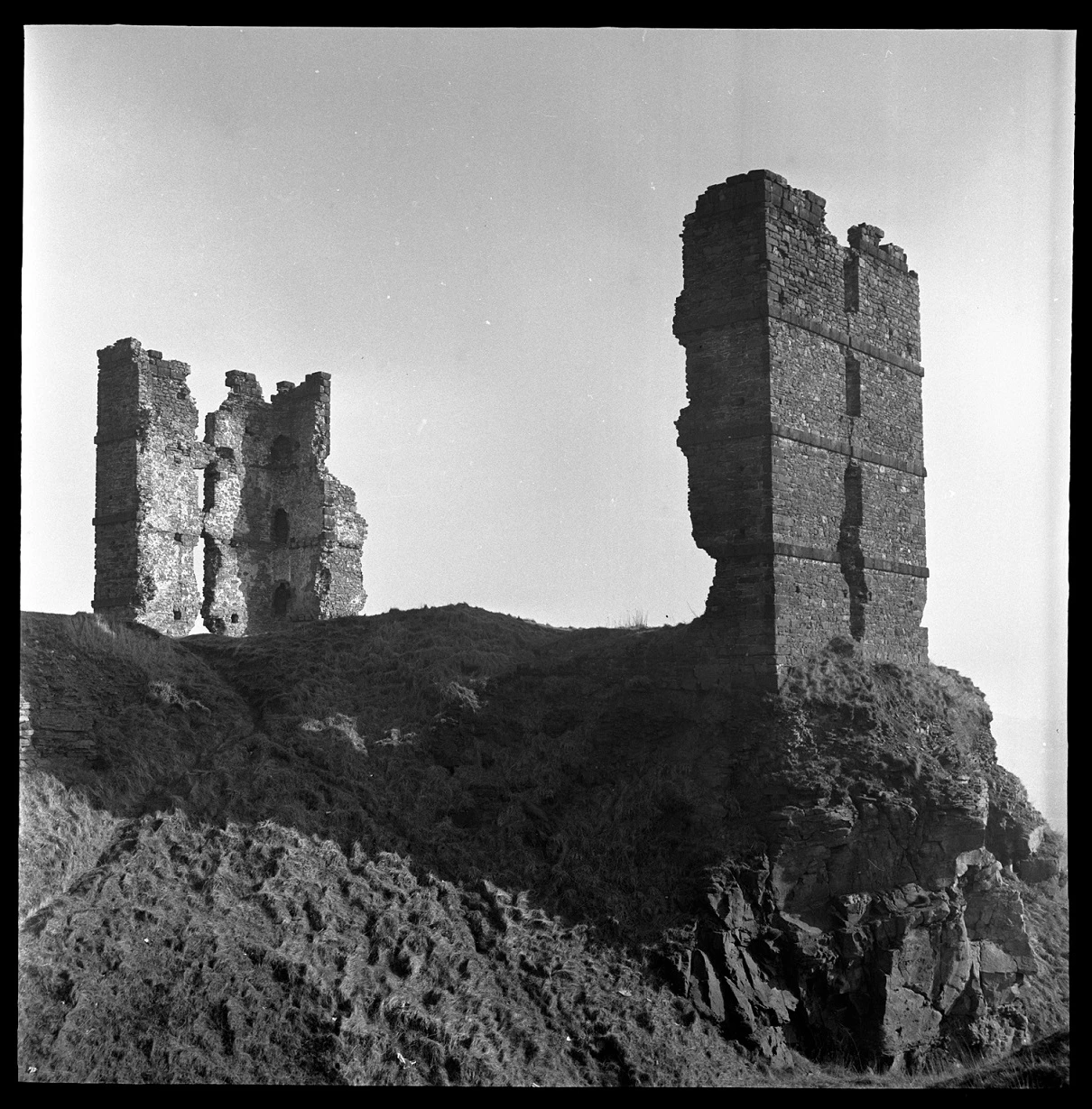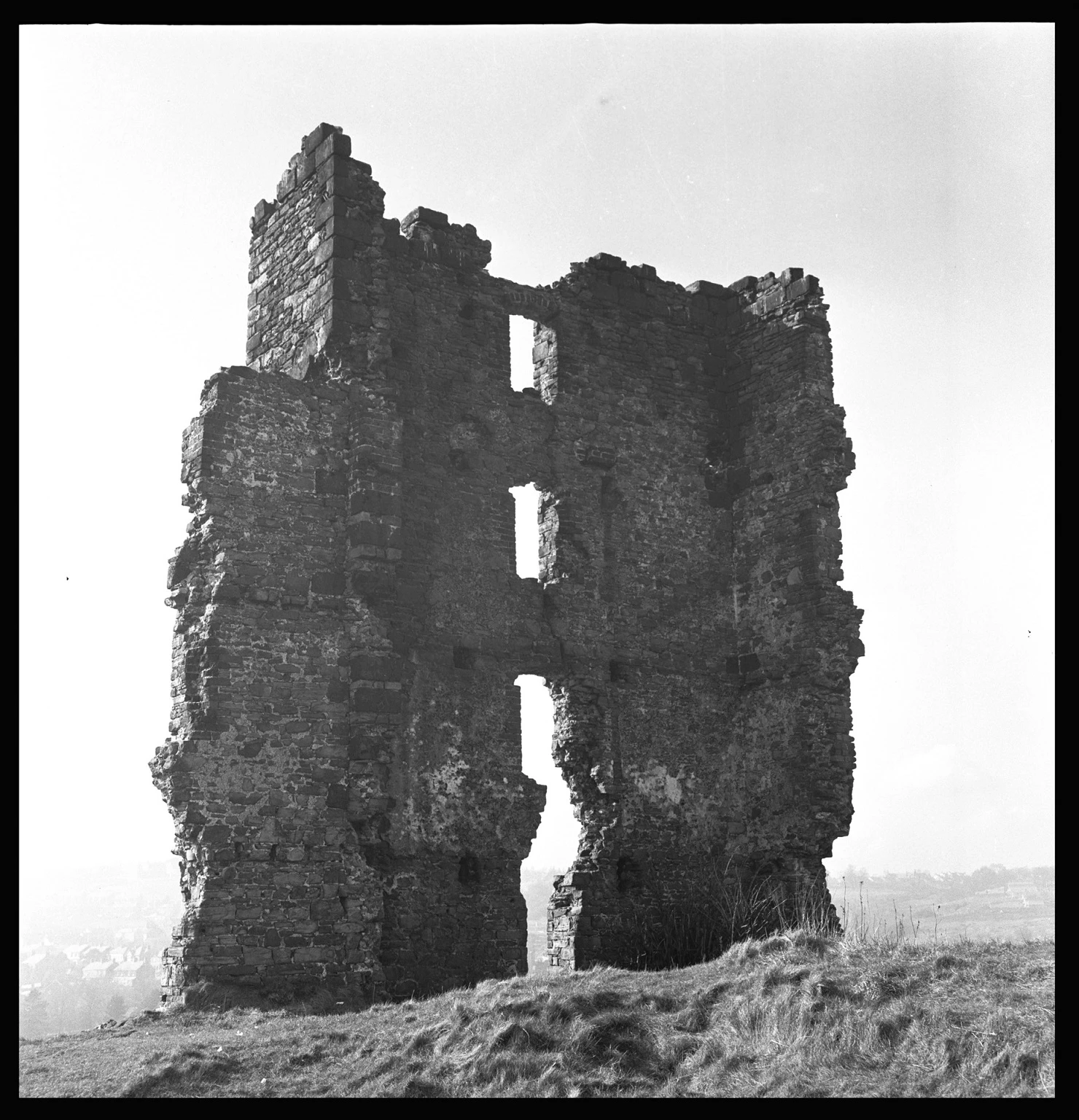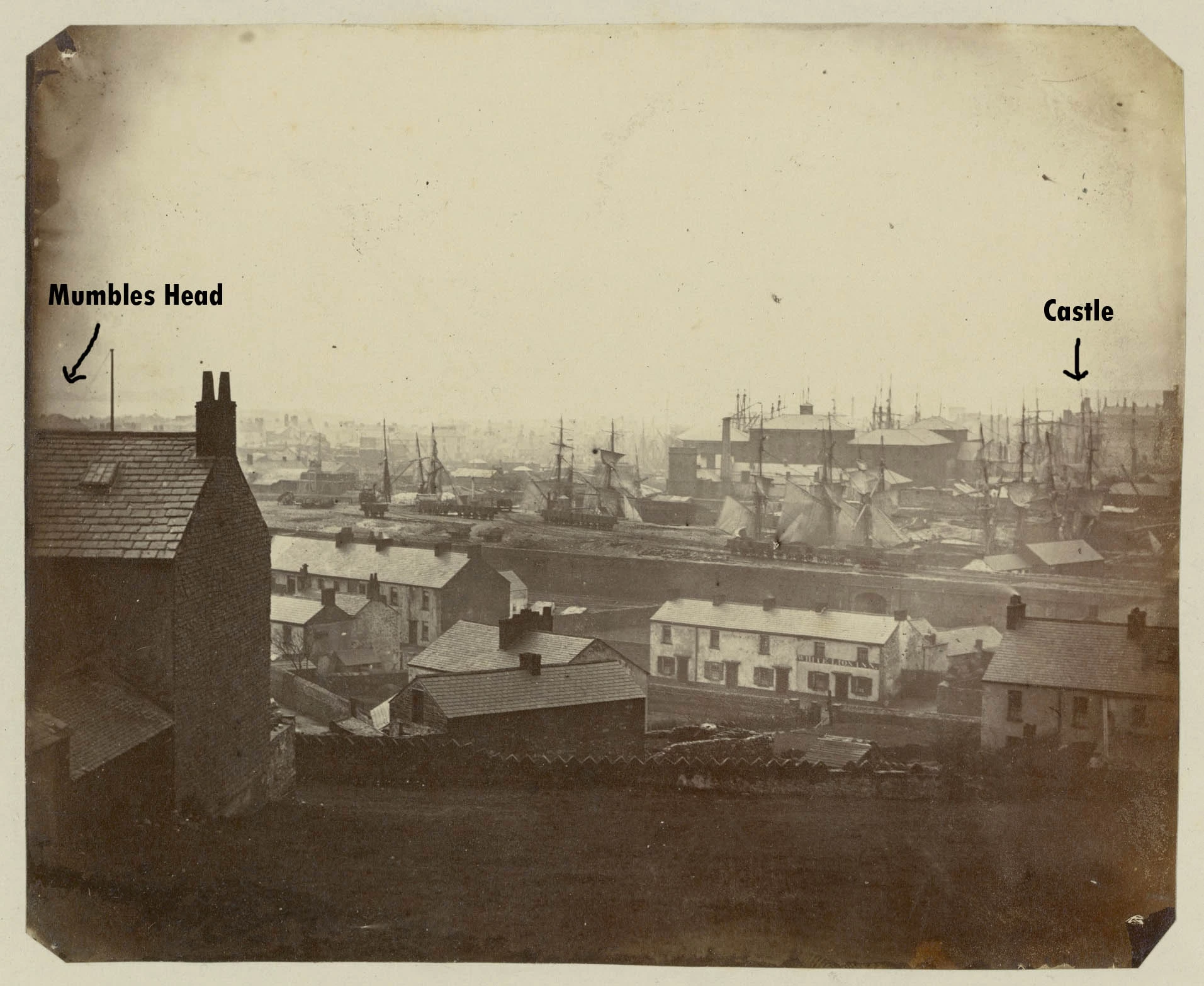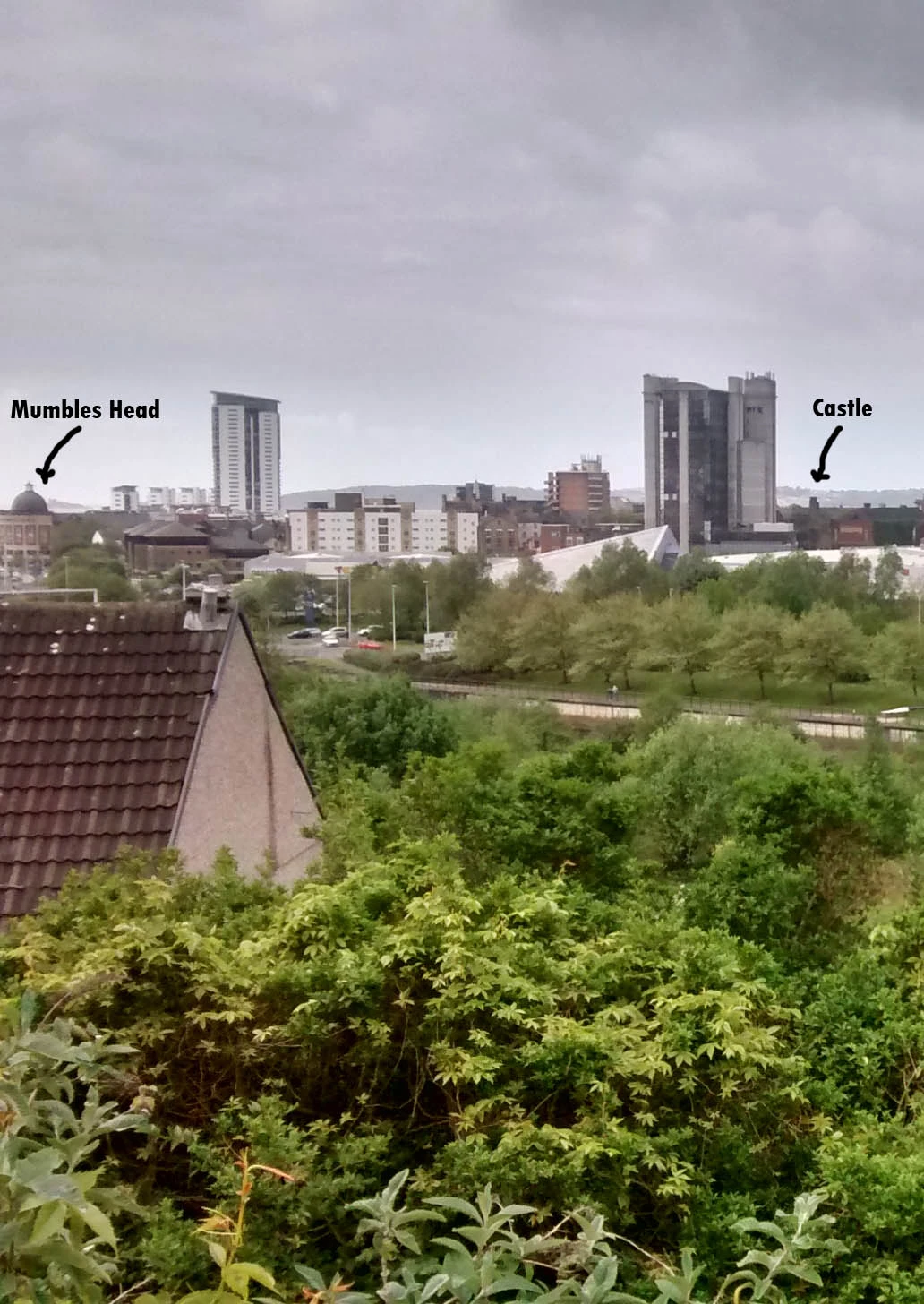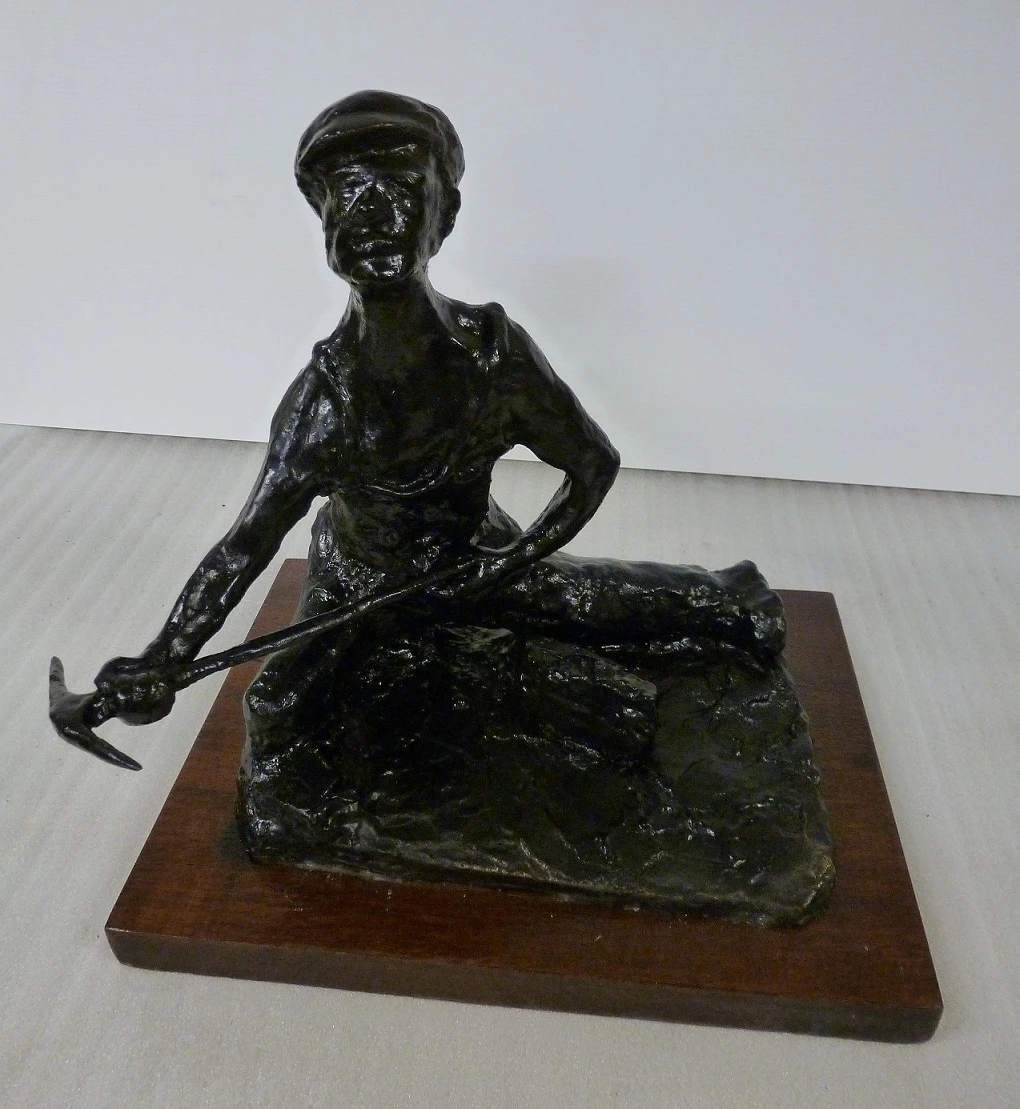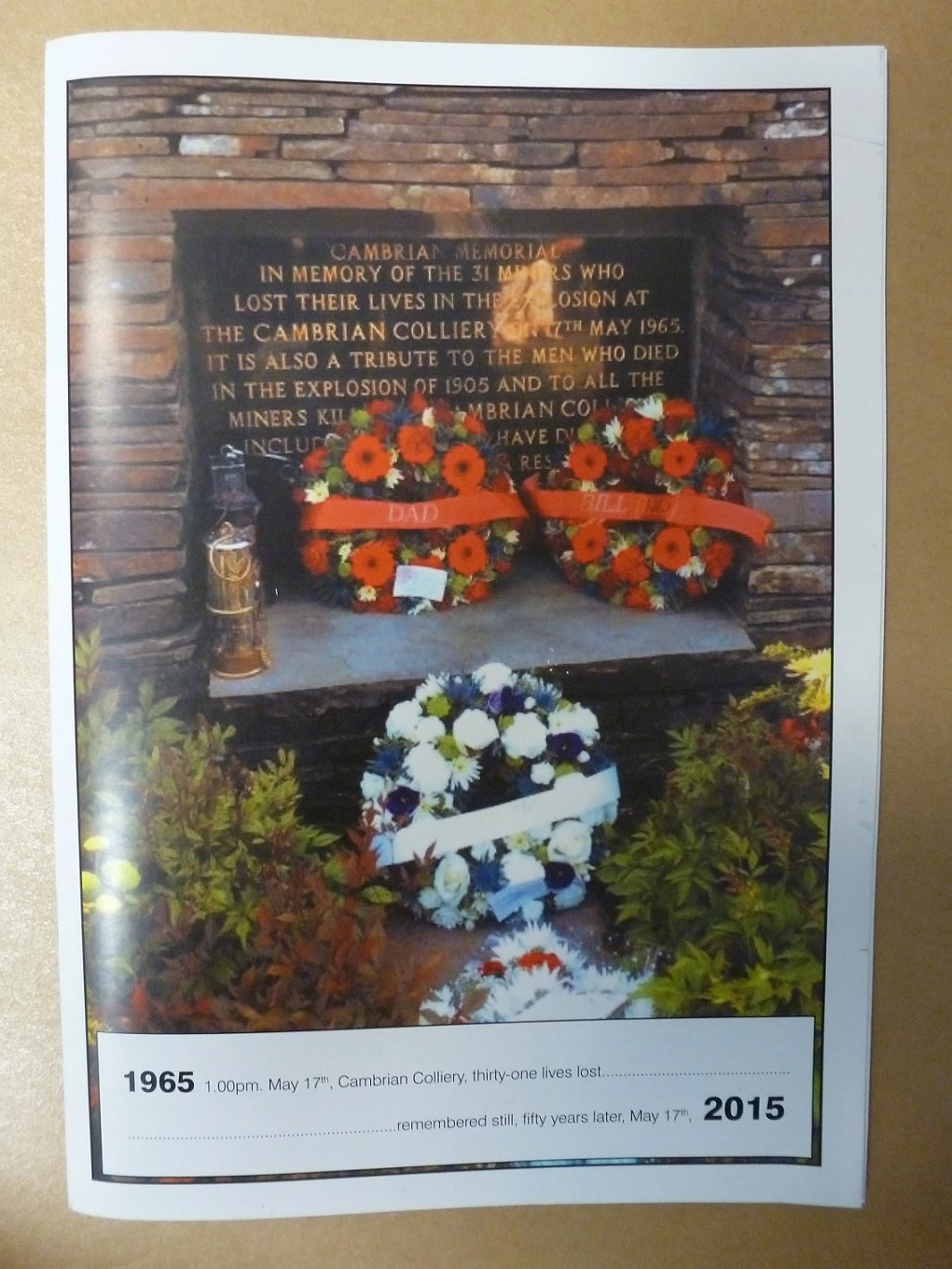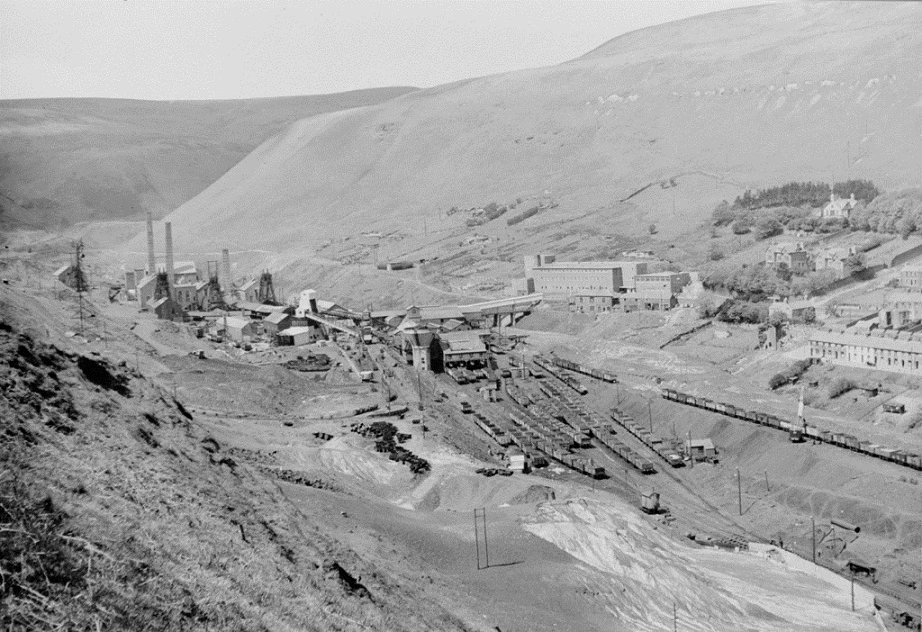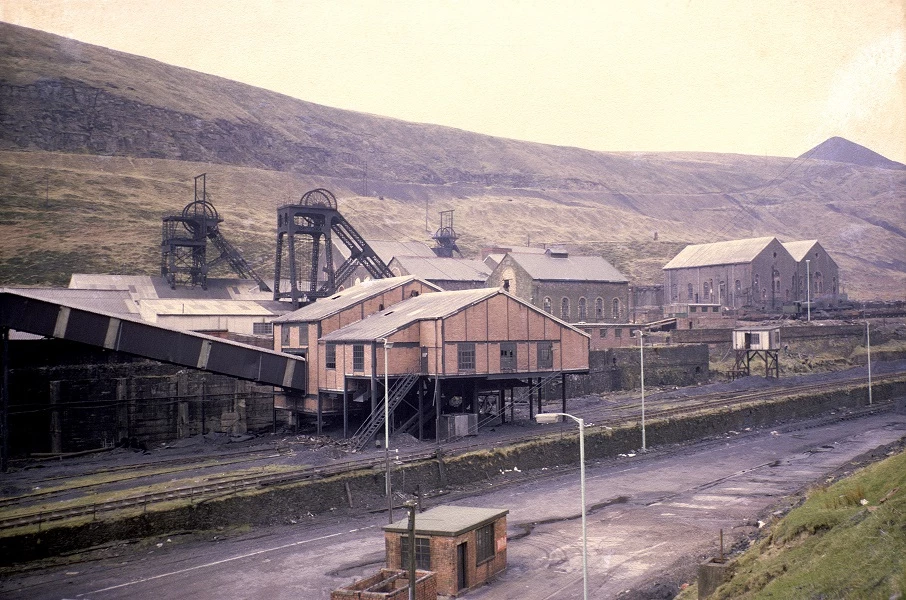A Window into the Industry Collections - August 2015
, 28 August 2015
This month Amgueddfa Cymru was able to acquire this model coal dram. It is a scale replica of a ‘Patent Cambrian Tram’ invented by H.H. Evans and R. Evans in 1931. One of the patentees, H.H. Evans, was General Manager for Welsh Associated Collieries Ltd., Llwynypia, and we know quite a lot about his life.
Henry H. Evans was born on 28th April 1865 in 15 Windsor St., Aberdare. He started work as a colliers’ boy at 12 years of age at Bwllfa Colliery, Aberdare. In 1880 the family moved to Maerdy in the Rhondda Fach and Henry continued his career as a collier in Maerdy Colliery until 1884 when he was articled to Mr Rees Llewelyn, Mining Engineer, Aberdare. His training was cut short by the death of his father, Mr John Evans a colliery official, in the Maerdy Colliery explosion of 1885 when he became the family’s bread winner. He began to attend the first mining night school in Aberdare about this time, walking over the mountain from Maerdy to Aberdare for the lessons. At twenty four he gained his 2nd class certificate of competency and became the under manager of Gelli Nos. 2 and 3 Pits where he remained for several years. He later returned to Maerdy Colliery as under manager.
He became manager of Bwllfa Colliery, Aberdare in 1894 where he remained for 18 years until he became the Agent for Albion Collieries in 1912. In 1910 he received the Edward Medal for bravery for saving the life of Mr John Isaac, a colliery repairer who had been trapped under a fall of roof. The museum hold in its collections this oil painting dating from 1929, which shows H.H. Evans wearing his Edward Medal.
By January 25th 1932, he had become general manager of the Cambrian Combine and lead a team of volunteers following the explosion in Llwynypia Colliery. He was 67 years old at the time and stayed down the pit until the last victim had been found. Eleven men were killed including two rescuers.
The Mines Inspector’s report was rather scathing about the rescue attempt – “In reference to the rescue operations, in the cold light of events it must be said that they were conducted with greater valour than discretion, for even when men from the Porth Rescue Station equipped with breathing apparatus were engaged in J. Alsop’s face, officials not so equipped, including the General Manager (Mr. H.H. Evans), the Agent (Mr. R. Lloyd) and the Manager (Mr. J. Whitticombe), were engaged in Prior’s and Brown’s. They had with them a canary but appear to have had more regard for its life than for their own, with the result that one of their party, John Evans, Overman, was overcome by afterdamp and died.”
He died on May 2nd 1936 only a few weeks after being elected Chairman of the Monmouthshire and South Wales Coalowners’ Association. He was buried in Aberdare Cemetery.
This Mines Rescue Service figure is seen wearing full rescue gear. These were produced for presentation by the UK Mines Rescue Service and usually awarded for 20 years’ service. There is a space at front for a presentation plaque to be attached. This example was given to the donor (who was a firefighter) after undertaking a Breathing Apparatus course with the Mines Rescue Service.
This month we were donated a copy of the original design for the Lesbians & Gay Men Support the Miners Group from 1984, along with a 30th anniversary badge manufactured in 2014. The events from 1984/85 were recently depicted in the film ‘Pride’. This donation coincided with staff from Amgueddfa Cymru attending Pride Cymru this month.
Finally, the photograph below shows the S.S. PENDEEN off Swansea on 28 March 1914. The S.S. PENDEEN was built by Gray's of West Hartlepool in 1898 for the Chellew Steam Navigation Co. Ltd. of Truro, a firm set up in the early 1880s by Richard Berryman Chellew of that town. She was employed in the classic 'coal out, grain home' trade of that era, loading coal in south Wales for the Mediterranean and returning with cereals from various Black Sea ports. Holed up in the Baltic for much of 1st World War, she was sold to a Greek company in 1922 and wrecked off the Tunisian coast six years later.
Mark Etheridge
Curator: Industry & Transport
Follow us on Twitter - @IndustryACNMW
